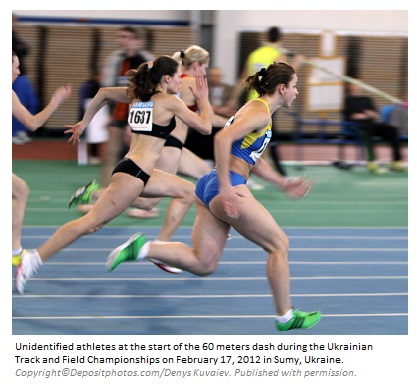ALA is a sulfur-containing vitamin-like substance that has an antioxidant activity. Since  it is soluble in both water and fat, it is sometimes referred to as the “universal antioxidant”. ALA can easily cross cell membranes.
it is soluble in both water and fat, it is sometimes referred to as the “universal antioxidant”. ALA can easily cross cell membranes.
 it is soluble in both water and fat, it is sometimes referred to as the “universal antioxidant”. ALA can easily cross cell membranes.
it is soluble in both water and fat, it is sometimes referred to as the “universal antioxidant”. ALA can easily cross cell membranes.ALA is also known as thioctic acid and pyruvate oxidation factor (POF). While being produced in the body, it is naturally found in the liver, kidney, heart, yeast, and broccoli.
Athletic Benefits of ALA:
Acting as a potent scavenger of free radicals, ALA functions as a coenzyme along with vitamin B1 in energy-producing reactions within mitochondria.
Athletic benefits of ALA are as follows:
- ALA helps recycle Co –Enzyme Q10, vitamin E, glutathione, and vitamin C. Co – Enzyme Q 10 has a key role in energy production in the body, and ALA boosts energy level by making it easily accessible to the body.
- ALA helps the body build muscle glycogen by acting as an “insulin mimicker”.
- ALA helps with the oxidation of pyruvate, BCAAs (branched chain amino acids), and alpha-ketoglutarate (AKG).
- ALA may prevent from athletic overtraining syndrome by enhancing glutathione level within the muscles.
- ALA reduces oxidative damages caused by training or competitions.
Non – Athletic Benefits of ALA:
See “Alpha – Lipoic Acid (ALA)” under the section of “Antioxidants”.
Dosage:
ALA can be taken 200 – 800 mg a day as an antioxidant. As an insulin mimetic, it should be taken 1000 mg immediately after exercise or training session during “anabolic window”, not later than 30 minutes.

